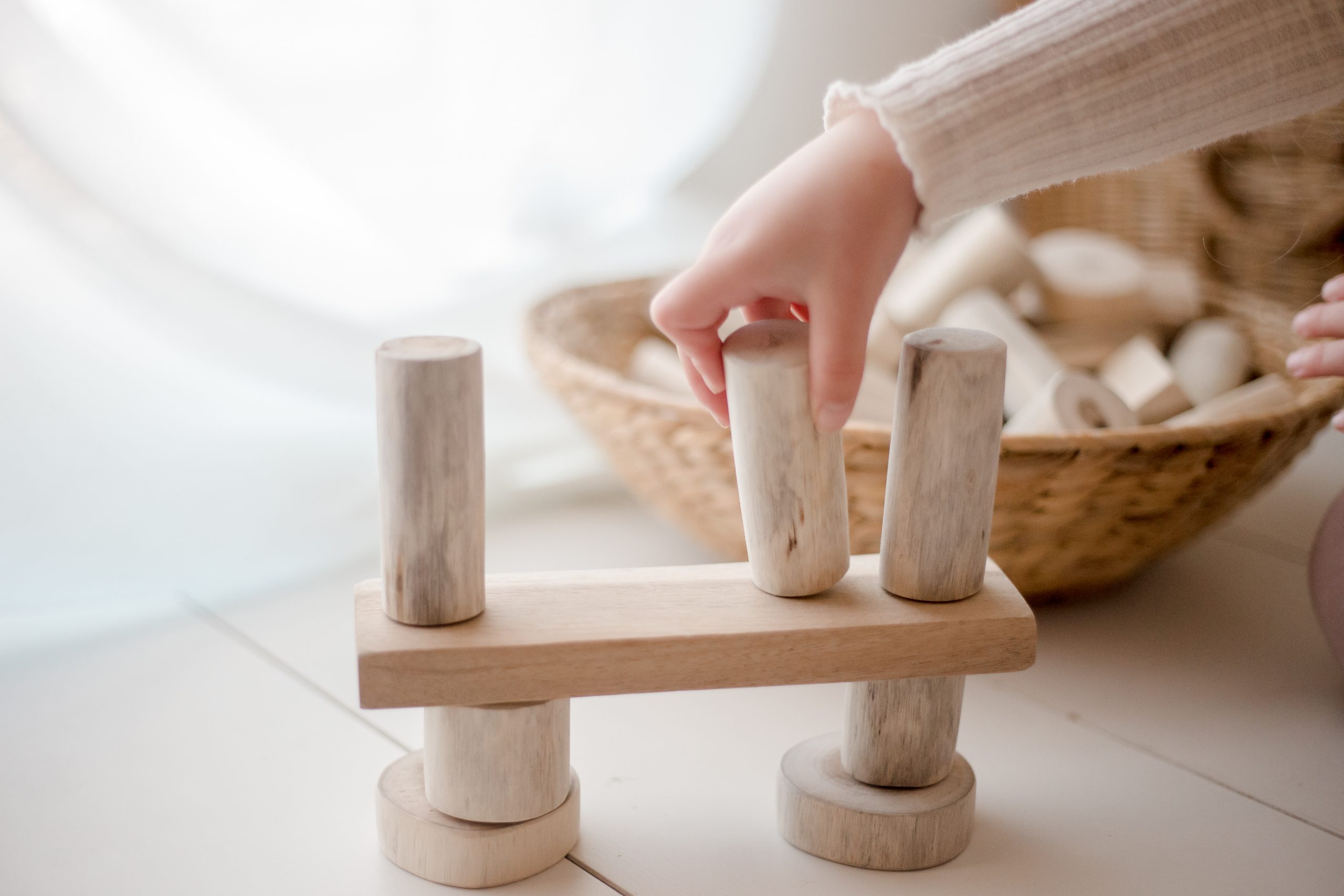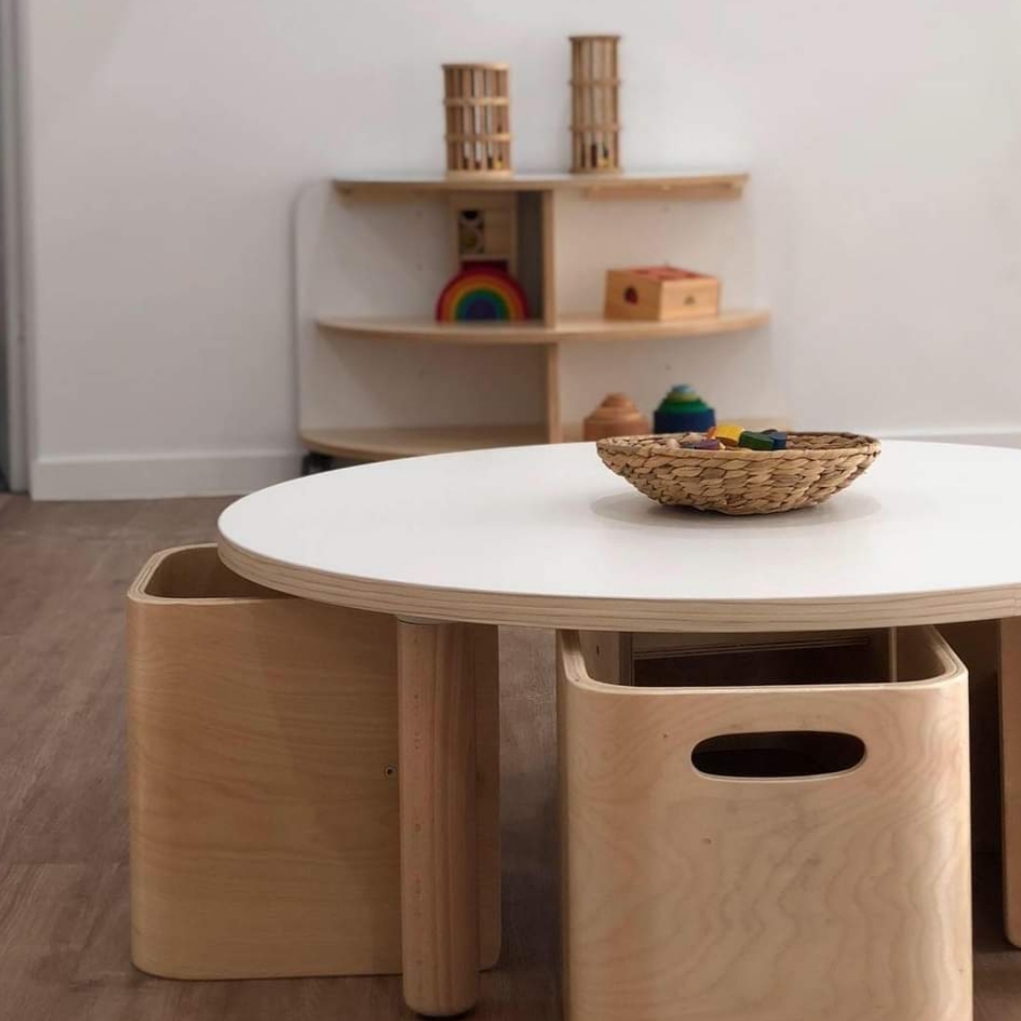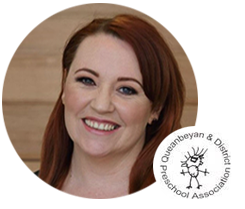
Constructive play: Building skills, not just things
When you think of constructive play, what immediately springs to mind? Is it the building of skyscrapers, roads and cities? Is it stacking blocks as high as they can go? Constructive play is all of this and more. In fact, it’s arguably the most open-ended form of play.
So, why is constructive play so important and how can you encourage it in your early learning environment?
Constructive play is great for learning about cause and effect, sparking creativity, encouraging teamwork, and developing problem solving skills.
Here are the main skills that are often built (excuse the pun) through constructive play.
Cause and effect
Constructive play is the ultimate form of experimentation. Testing out objects with different weights, lengths and Heights enables children to see what fits well together and what doesn’t. For example, they’ll quickly learn that if a large square block is placed on a smaller vertical rectangle block, chances are their structure will topple over. Much like experimentation in the baby years with throwing items or hitting them together, learning about cause and effect when it comes to size and weight is a crucial part of a child’s cognitive development.
Problem-solving
Getting creative through constructive play also encourages the use of problem-solving skills. If children want to make a city, for example, what might they need for that? Would a road go first and the buildings around it, or vice versa? If they want to make a magic forest – which blocks, and other open-ended items best represent trees, flowers and other plants? What might represent the fairies and animals? If something isn’t quite looking how they had in their minds, they’ll be more inclined to think outside of the box and really consider what colours, textures and shapes work best for what they’re aiming to build.
Teamwork
Good problem-solving skills also means the ability to collaborate and work as a team is easier. By deciding on what to build, how to build it, and through trial and error, children will learn to collaborate and cooperate with each other as they navigate different opinions, colour and style preferences, and even ability levels of their peers.
To encourage teamwork and collaboration between children during constructive play, once they decide on what they want to build, encourage them to tackle one area at a time together, rather than separately working on different elements. If they’re building a city, make sure they focus on an element such as buildings first, then roads, then trees, and the list goes on. You may be tempted to intervene as they work together and aim to problem solve – especially if things aren’t looking how they want it to – but through active collaboration and not being prompted by you, you’ll be amazed at what children can come up with.
Once their chosen setting is built, more forms of play such as role play and imaginative play will follow. The opportunities provided by constructive play to leapfrog into another form of play are endless.
How do you encourage constructive play?
Keep it simple! The more open-ended, the better. Think blocks, felt or material pieces, peg people, trees and animals are a great place to start.
Have a dedicated constructive play area with resources easy to reach and displayed in a way that’s enticing and easy to help imagination flow. This can be done by keeping each category of item together and encouraging the children to put everything back where they got it to prevent confusion for the next round of constructive play.
So, if constructive play isn’t a deliberate part of your everyday activities, consider putting on the list! You’ll be witness to some amazing creativity and development of multiple skills through just one form of play.
Would you like more ideas for open-ended resources? We can assist. Contact us at sales@step4.com.au or visit www.step4.com.au









